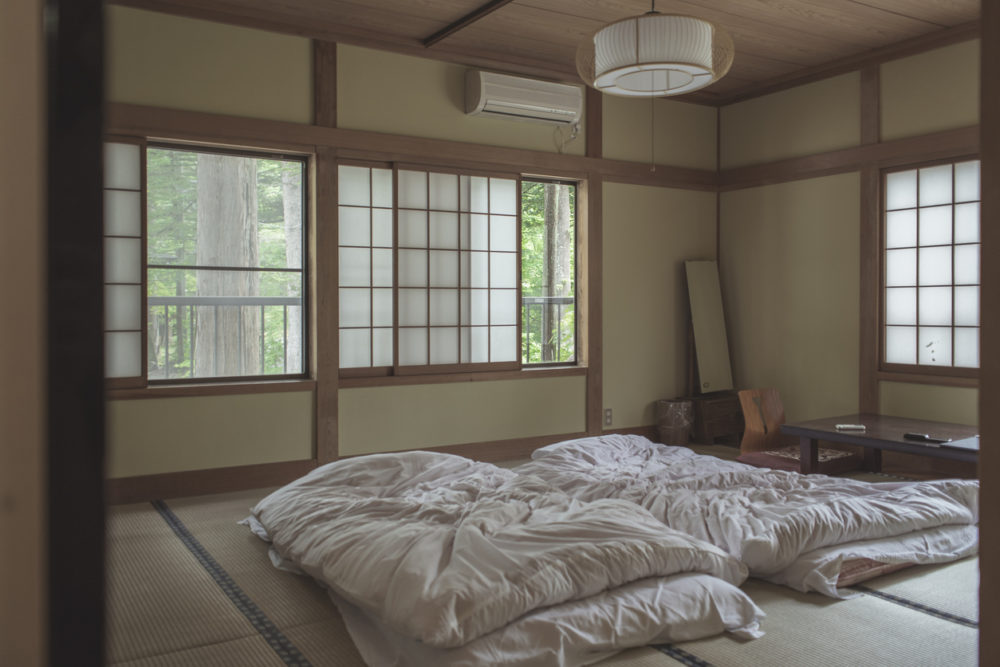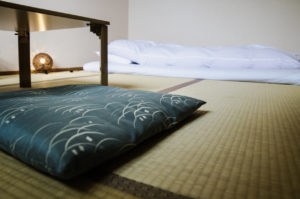How Does Sleep Differ Across Cultures?

It’s common for us to ponder how other countries and societies live. But how humans sleep across cultures, both in present time and in the past, tells a fascinating story.
Did the lightbulb change the world?
It’s important to take a look back at history to help us understand why our sleep habits are the way they are today. During the industrialization period, we began to see the introduction of artificial light in our homes and workplaces. Nowadays, it’s nearly impossible to avoid artificial light, whether emitted from the lightbulbs in our homes, or projected from the screens we stare at day and night.
“These light sources have a way of tricking our brains into thinking it’s daytime, even when it’s perhaps the middle of the night,” notes Dr. Roy Raymann, resident sleep expert at SleepScore Labs.
A 2015 study focused on a few tribes in Africa who don’t utilize clocks but instead rely on the sun rising and setting as their sense of time. The researchers discovered that they instinctively went to bed 3 hours after sundown, and woke up 1 hour after the sunrise.
“This is not that different from the modern sleep schedule, but our modernized lives changed the activities we engage in after dark and that can take a toll on our sleep schedules.” continues Dr. Raymann.
Back in my day…
Today, it’s pretty standard to get all of your sleep in one go (known as monophasic sleep). But in past times, it was much more common to sleep in two distinct sessions. Sleepers would go to bed for a few hours, wake up in the middle of the night, and during that wake time, engage in a variety of activities, like romantic activity with a partner, or perhaps a nighttime stroll. Then they’d go back to sleep for the remainder of the evening. Today however, most of us are driven by work or school schedules, which doesn’t lend itself to this kind of biphasic sleeping.

Modern differences
What makes the world so interesting today is just how different we all are, and our sleep preferences are no exception.
In the US, we love our box spring as the bed base, with a mattress on top, but across the world what people choose to sleep on can be a bit different. InEurope, a slatted bed base with a mattress on top is more popular. In Japan, residents prefer tatami mats. And in some parts of Africa, many utilize nets around their bed area for protection against malaria.
And while in the US it’s not common practice to nap during the workday, other countries are more attuned to a daily siesta, including Italy, Spain, and even some countries in Africa.
Sometimes, societal differences inform our sleep patterns. In Japan, for instance, the ‘workaholic’ mentality often leaves little time for sleep, and the Japanese have been earning the badge for less sleep and more work, time and time again. The US is perhaps not far behind them. With the CDC attributing our levels of sleep deprivation as a national health epidemic, it’s clear that much of the modern world still has a way to go when it comes to prioritizing sleep.
How do you sleep in your neck of the woods? Tweet us @sleepscore.